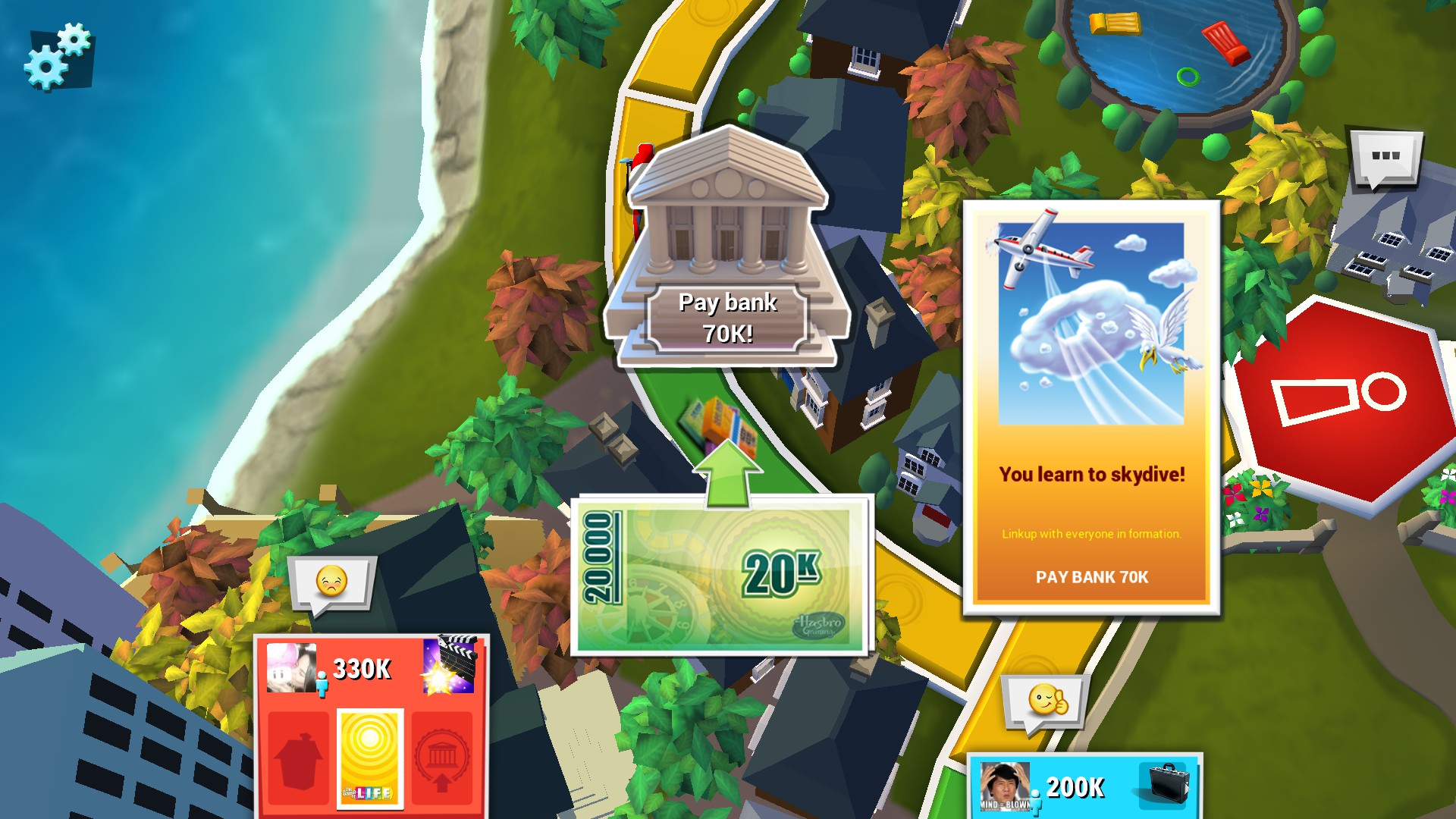
Like Ulam's lattice network, von Neumann's cellular automata are two-dimensional, with his self-replicator implemented algorithmically. : 8 Thus was born the first system of cellular automata. The driving concept of the method was to consider a liquid as a group of discrete units and calculate the motion of each based on its neighbors' behaviors. : 3 : xxix Ulam and von Neumann created a method for calculating liquid motion in the late 1950s. : 1 Ulam was the one who suggested using a discrete system for creating a reductionist model of self-replication. Neumann wrote a paper entitled "The general and logical theory of automata" for the Hixon Symposium in 1948. As he developed this design, von Neumann came to realize the great difficulty of building a self-replicating robot, and of the great cost in providing the robot with a "sea of parts" from which to build its replicant. This design is known as the kinematic model. : 1 Von Neumann's initial design was founded upon the notion of one robot building another robot. At the same time, John von Neumann, Ulam's colleague at Los Alamos, was working on the problem of self-replicating systems. Stanislaw Ulam, while working at the Los Alamos National Laboratory in the 1940s, studied the growth of crystals, using a simple lattice network as his model. The rules continue to be applied repeatedly to create further generations. Each generation is a pure function of the preceding one. The first generation is created by applying the above rules simultaneously to every cell in the seed, live or dead births and deaths occur simultaneously, and the discrete moment at which this happens is sometimes called a tick. The initial pattern constitutes the seed of the system.

Similarly, all other dead cells stay dead. All other live cells die in the next generation.Any dead cell with three live neighbours becomes a live cell.Any live cell with two or three live neighbours survives.These rules, which compare the behavior of the automaton to real life, can be condensed into the following: Any dead cell with exactly three live neighbours becomes a live cell, as if by reproduction.Any live cell with more than three live neighbours dies, as if by overpopulation.Any live cell with two or three live neighbours lives on to the next generation.Any live cell with fewer than two live neighbours dies, as if by underpopulation.At each step in time, the following transitions occur: Every cell interacts with its eight neighbours, which are the cells that are horizontally, vertically, or diagonally adjacent.

The universe of the Game of Life is an infinite, two-dimensional orthogonal grid of square cells, each of which is in one of two possible states, live or dead (or populated and unpopulated, respectively).


 0 kommentar(er)
0 kommentar(er)
